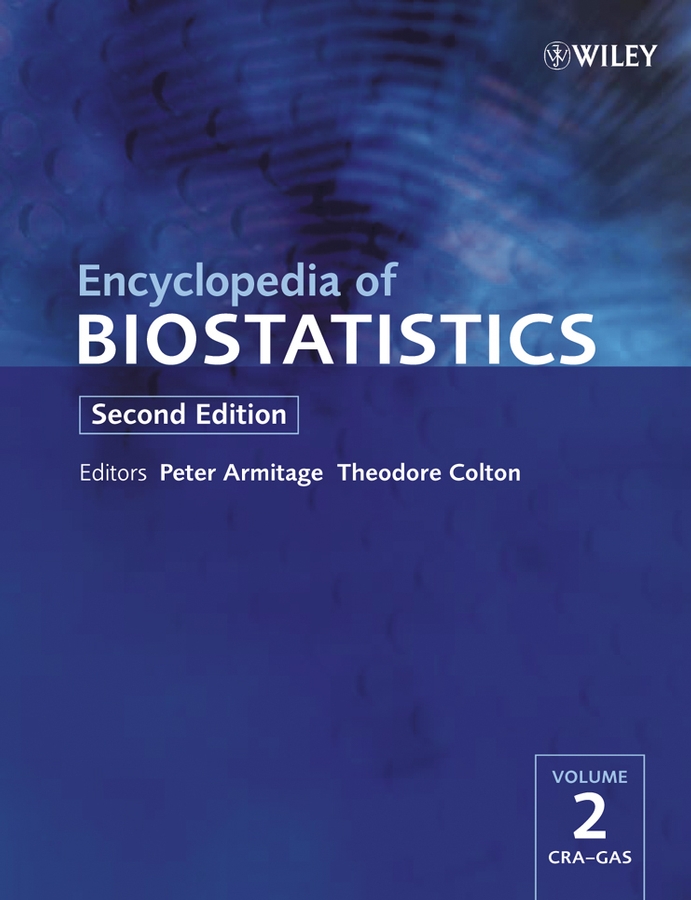Diagnostic Tests, Likelihood Ratio
Abstract
This article concerns the use of diagnostic test information in medical diagnosis. Traditionally, the association between a diagnostic test and the true state of disease has been quantified in terms of sensitivity and specificity. The application of Bayes Theorem allows the formal incorporation of the diagnostic test information as a post-test probability of disease. The positive and negative likelihood ratios (LRs) are alternative expressions of the informational properties of the diagnostic test, which are computed from sensitivity and specificity. LRs offer several advantages including (a) simplifying the calculation of post-test probability (via odds), (b) providing a more direct indication of the diagnostic value of the test, and (c) avoiding the need to dichotomize a quantitative test. Given enough data, one could estimate a continuous LR curve and thus compute post-test probability for any test value.



